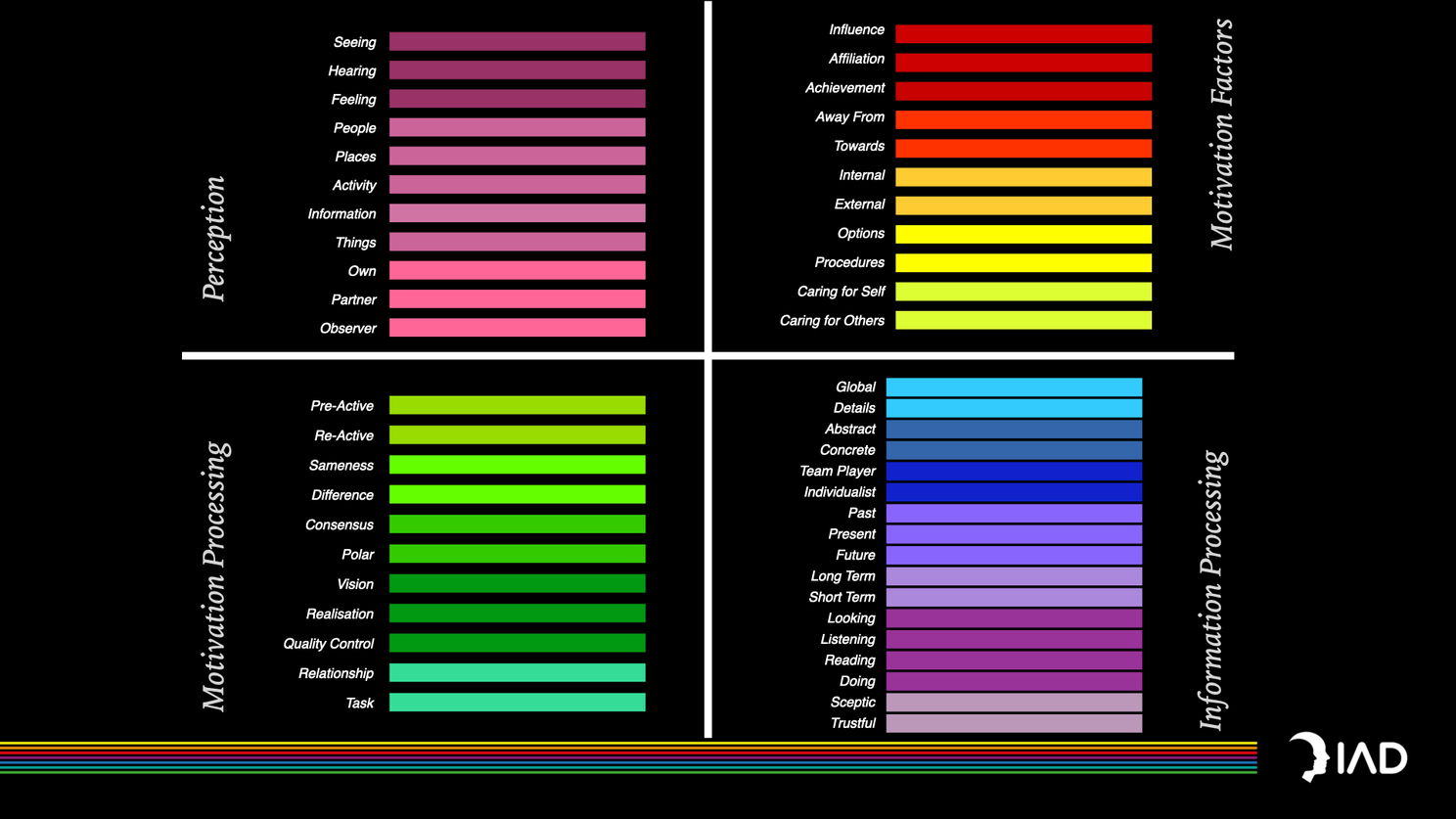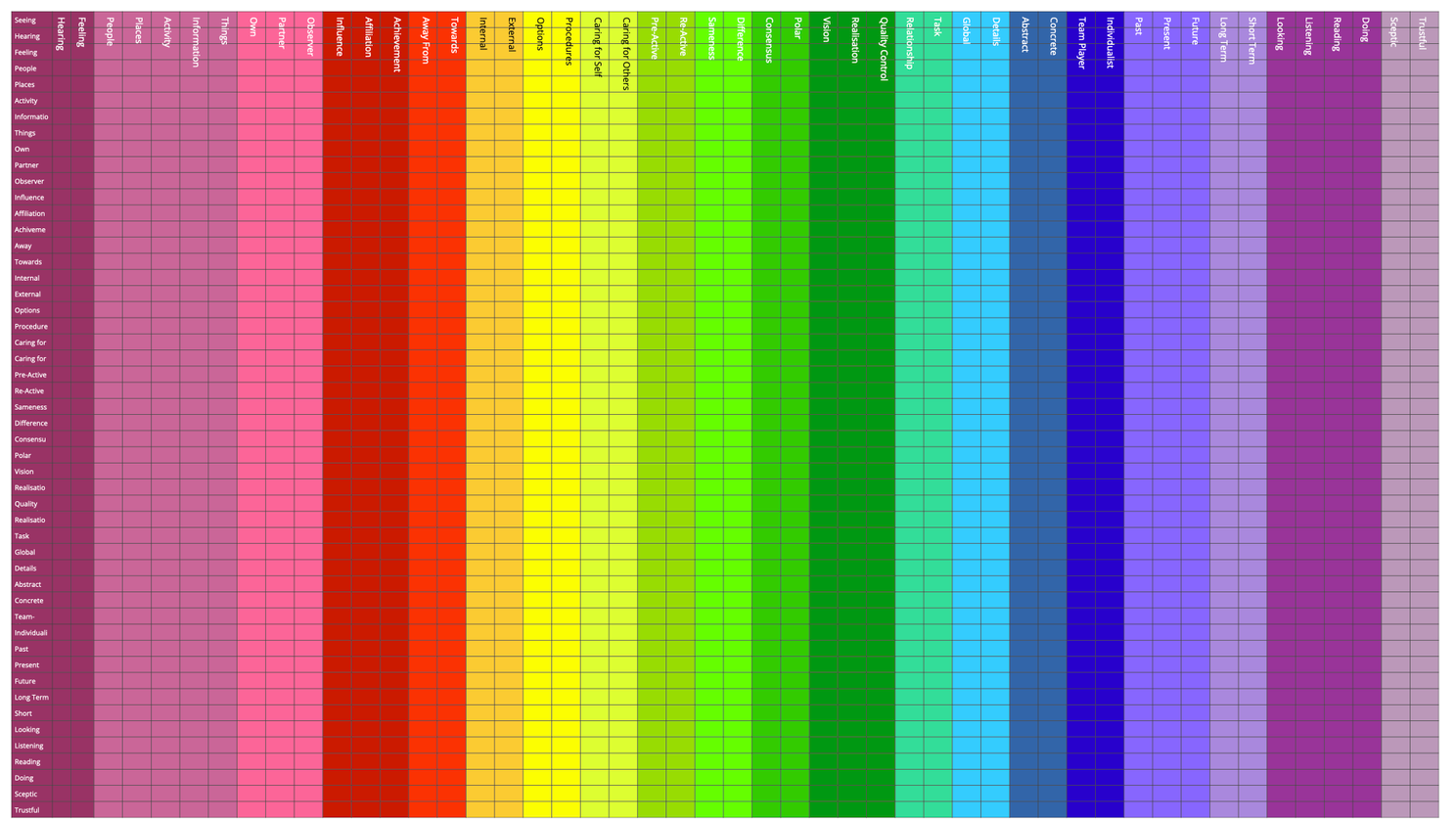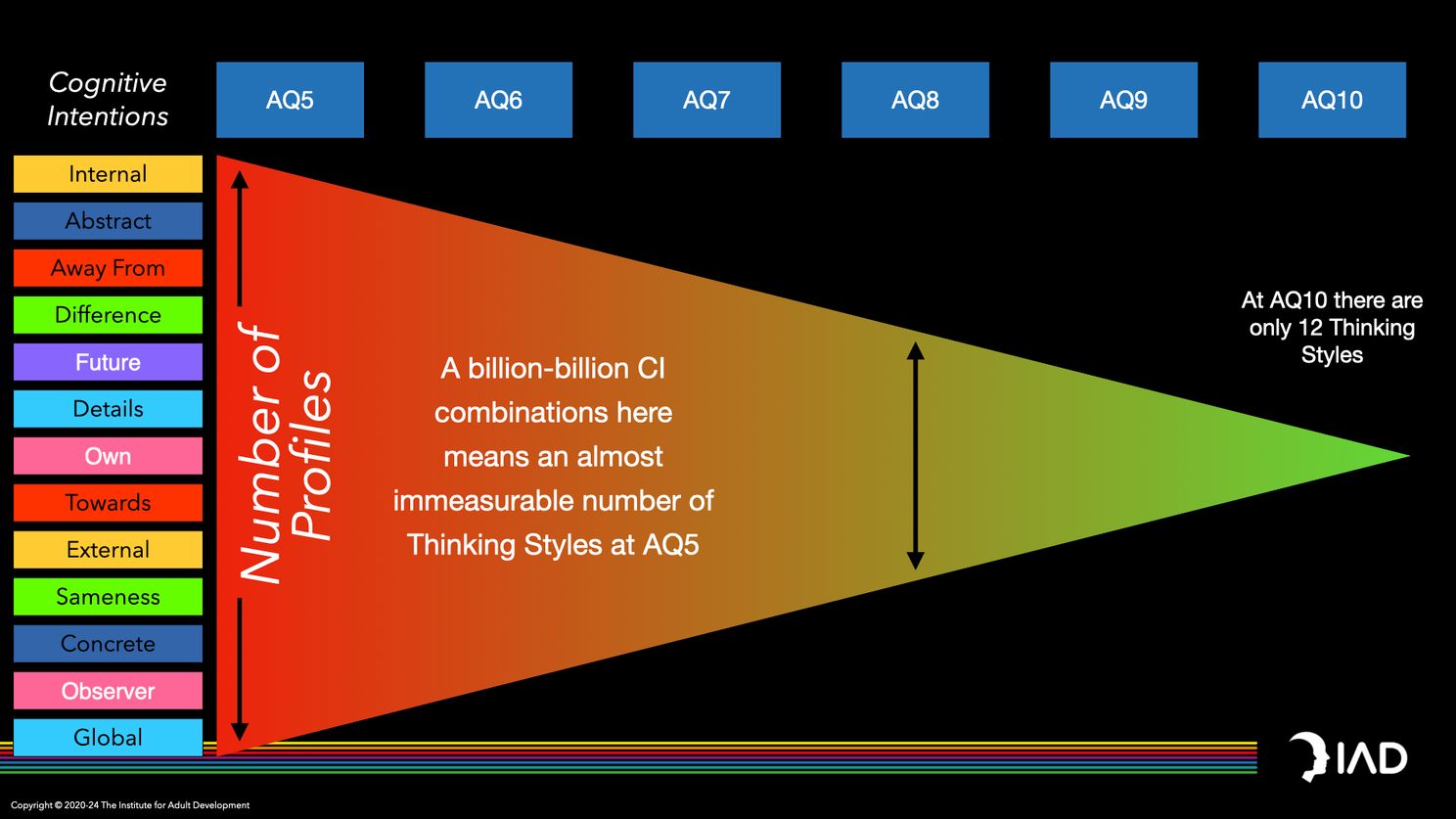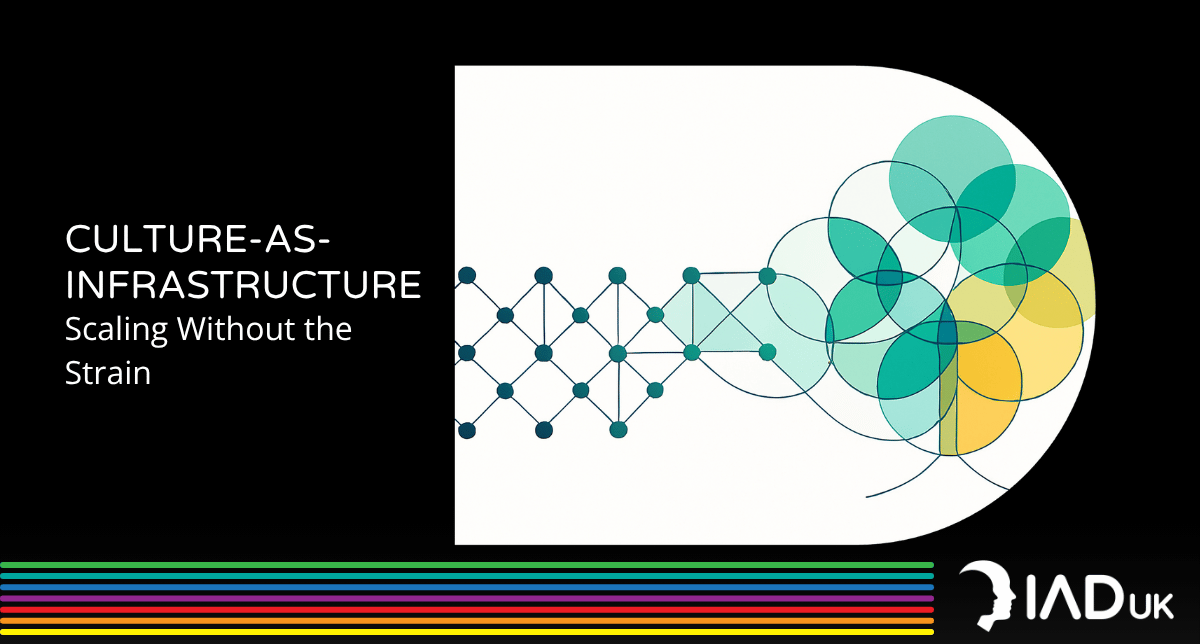Overcoming the Puzzling Nature of Constructing Ourselves
How it's possible for 50 Cognitive Intentions to construct you differently in different contexts

By Dr Darren Stevens
I often give talks about how personality isn't real from a Constructed Development Theory perspective. The reason is because CDT tells us that with sufficient self-awareness, we can construct our thinking - and thus our behaving (or personality) - at will, using the fifty Cognitive Intentions found in CDT.
This is sometimes difficult to get our head around, so I have designed a few images that use Sudoku as the basis for HOW we think in various contexts, utilising the same foundational fifty Cognitive Intentions for each construction.
These are the fifty Cognitive Intentions.

Now think about you, but in different contexts. What are you like at home? At work? On the golf course? At university? In the pub? We know we construct ourselves differently. That's not the issue. How aware are you of the way in which you construct you in each context? There is even an axiom that suggests we "wear different hats".... so from a CDT perspective, how is it possible that the fifty Cognitive Intentions combine to construct YOU differently in all those contexts?
A Visual answer is this Sudoku puzzle analogy:

There are only 9 Cognitive Intentions in this example, however, you can see how they combine to construct a different outcome. The way they are combined, and the way they might be within or without awareness will be key to their use in the various contexts. And as you can see from the principles of Sudoku, each row has a unique combination of CI's, as does each column. These represent contexts. 18 in this grid alone. So you see from the way the CI's are utilised in the grid that row 5 looks very different to column 6. Each is a response to the different contextual requirements. Or, at AQ8, each is a construction specific to the context.
Now imagine the grid is 50x50. For the mathematicians amongst us, this huge grid would still only be 100 combinations of CI's which means that it would be possible for individuals to construct a Thinking Style for 100 different contexts.

The real calculation is 50x49x48x47x.....3x2x1. Which is a number so large I couldn't write it here.
THIS is the difference between conventional wisdom on "personality" and Cognitive Complexity as it pertains to self-awareness.

New Paragraph




